What's the meaning of the Flag of Germany »
Flag of Germany
This page is about the meaning, origin and characteristic of the symbol, emblem, seal, sign, logo or flag: Flag of Germany.
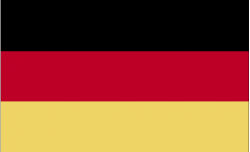
The flag of Germany is a tricolour consisting of three equal horizontal bands displaying the national colours of Germany: black, red, and gold. The flag was first adopted as the national flag of modern Germany in 1919, during the Weimar Republic.
The black-red-gold tricolor first appeared in the early 19th century and achieved prominence during the 1848 Revolutions. The short-lived Frankfurt Parliament of 1848–1850 proposed the tricolor as a flag for a united and democratic German state. With the formation of the Weimar Republic after World War I, the tricolor was adopted as the national flag of Germany. Following World War II, the tricolor was designated as the flag of both West and East Germany. The two flags were identical until 1959, when the East German flag was augmented with the coat of arms of East Germany. Since reunification on 3 October 1990, the black-red-gold tricolor has remained the flag of Germany.
The flag of Germany has not always used black, red, and gold as its colors. After the Austro-Prussian War in 1866, the Prussian-dominated North German Confederation adopted a tricolor of black-white-red as its flag. This flag later became the flag of the German Empire, formed following the unification of Germany in 1871, and was used until 1918. Black, white, and red were reintroduced as the German national colors with the establishment of Nazi Germany in 1933, with the deliberate attempt to replace German republican colors with imperial colors.
The color schemes of black-red-gold and black-white-red have played an important role in the history of Germany and have had various meanings. The colors of the modern flag are associated with the republican democracy formed after World War I, and represent German unity and freedom: not only the freedom of Germany, but also the personal freedom of the German people. During the Weimar Republic, the black-red-gold colors were the colors of the democratic, centrist and republican political parties, as opposed to the political right and political left, as seen in the name of Reichsbanner Schwarz-Rot-Gold, formed by members of the SPD, the German Centre Party, and the German Democratic Party to defend the republic against extremists on the right and left, to teach the population to respect the new republic and to honor its flag and the constitution.
- 2,851 Views
Graphical characteristics:
Symmetric, Closed shape, Colorful, Contains straight lines, Has no crossing lines.
Category: Flags.
Flag of Germany is part of the World Flags group.

More symbols in World Flags:
Flags from countries around the world, including their origins, design and history. read more »

More symbols in Flags:
The Flags category on Symbols.com features a comprehensive collection of flags from around the world, serving as powerful symbols of identity, heritage, and unity. This category includes national fla… read more »
Citation
Use the citation below to add this symbol to your bibliography:
Style:MLAChicagoAPA
"Flag of Germany." Symbols.com. STANDS4 LLC, 2025. Web. 22 Feb. 2025. <https://www.symbols.com/symbol/flag-of-germany>.


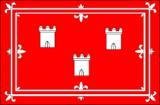

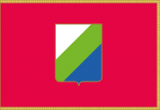

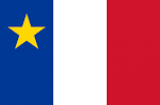



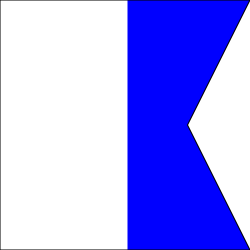
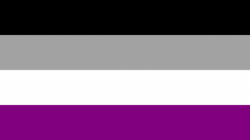
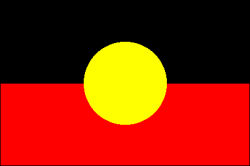
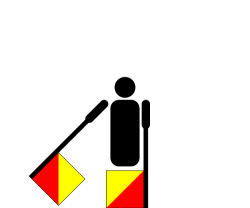




Have a discussion about Flag of Germany with the community:
Report Comment
We're doing our best to make sure our content is useful, accurate and safe.
If by any chance you spot an inappropriate comment while navigating through our website please use this form to let us know, and we'll take care of it shortly.
Attachment
You need to be logged in to favorite.
Log In